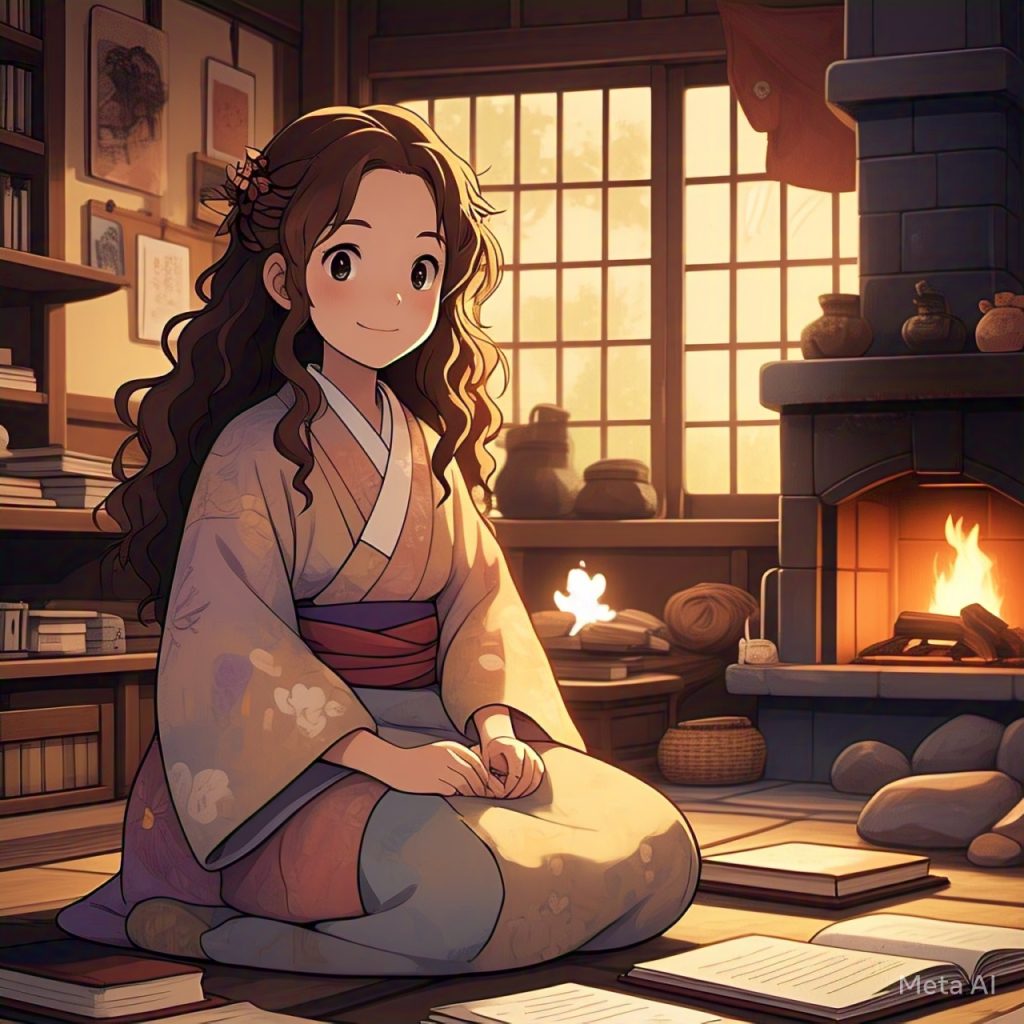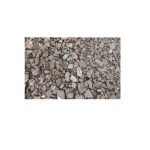
Creating Ghibli-Style Art: A Guide for Digital Artists
Unlock the magic of Ghibli-style art with our detailed guide designed for digital artists! Explore essential techniques, tools, and insights that capture the enchanting essence of Studio Ghibli. From mastering soft color palettes to understanding character design, this article provides practical tips and inspiration to elevate your artwork. Whether you’re a seasoned artist or a beginner, learn how to blend traditional methods with modern technology, including AI tools, to create breathtaking visuals that resonate with Ghibli’s charm. Dive in now to start your artistic journey!
Studio Ghibli is celebrated for its enchanting animation and distinctive art style. If you’re eager to capture that magic in your digital creations, this guide will help you embody Ghibli’s aesthetic. With a blend of practical techniques and creative insights, you can create art that resonates with the charm of Ghibli films.
1. Understand the Ghibli Aesthetic
Key Characteristics
To reproduce the Ghibli aesthetic, start by immersing yourself in their style’s key characteristics. Ghibli films often showcase breathtaking landscapes and intricate details in nature. For example, Princess Mononoke’s lush forests or My Neighbor Totoro’s rolling hills invite viewers into a vibrant world.
The color palettes are typically soft and inviting, utilizing pastels and gentle gradients. This approach creates a sense of warmth and nostalgia. Additionally, character design is crucial. Ghibli characters often feature large, expressive eyes and simple yet relatable expressions. This design choice helps convey a wide range of emotions, making the characters feel more approachable and human.
2. Tools and Software
Digital Painting Software
Choosing the right tools is essential for any digital artist. Programs like Adobe Photoshop, Procreate, and Clip Studio Paint are excellent for creating detailed artwork. Each of these platforms offers a variety of brushes and tools that can mimic traditional media, allowing you to achieve that hand-painted feel characteristic of Ghibli films.
For instance, Procreate features a user-friendly interface that’s great for beginners, while Photoshop offers advanced features for more experienced artists. Experimenting with different software can help you find what best suits your workflow and artistic style.
Ghibli-Style Art and AI Models
As technology evolves, AI models are increasingly used to create stunning Ghibli-style art. Tools like DALL-E and Midjourney allow artists to generate unique visuals inspired by Ghibli aesthetics with simple prompts. These models analyze existing art styles and replicate their essence, making it easier for artists to experiment and find inspiration. However, while AI can produce impressive results, the human touch remains irreplaceable, especially regarding Ghibli’s work’s emotional depth and storytelling. Embracing traditional techniques and modern Ghibli art AI tools and techniques can enhance your creative process and expand your artistic horizons.
Graphic Tablets
Using a graphic tablet can significantly enhance your digital art experience. Tablets like the Wacom Intuos or Huion offer pressure sensitivity, allowing you to create more dynamic and expressive strokes. This tool mimics the feel of traditional drawing, giving you greater control over your lines and details.
Many artists find that working on a tablet reduces the disconnect often felt when using a mouse. Drawing directly on the screen can lead to a more intuitive and enjoyable creative process, helping you better capture the whimsical essence of Ghibli’s art.
3. Techniques for Ghibli-Style Art
a. Sketching
Every great artwork begins with a solid sketch. Start by outlining the shapes and proportions of your characters and landscapes. Focus on the dynamic poses and expressions that convey emotion. In Ghibli films, characters often have a sense of movement, which you can capture using flowing lines and curves.
Don’t be afraid to create multiple sketches. Iteration is key to developing a strong composition. Use references from Ghibli films to inspire your sketches, noting how the animators create fluidity and life in their characters. This practice will help you internalize and apply their techniques to your work.
b. Layering
Layering is a powerful technique in digital art that allows for greater flexibility. Start with your background, painting the environment with soft brushes to create depth and atmosphere. Ghibli backgrounds often feature rich details and textures, so take your time here.
Once your background is complete, add layers for the midground and foreground elements. This separation helps create a three-dimensional feel. Characters should stand out against the environment, so consider using contrasting colors or sharper lines. This layering technique will help your final piece feel cohesive and polished.
c. Color and Light
Color and light are crucial in establishing the mood in Ghibli’s art. Use a limited color palette to evoke a specific feeling—warm tones can create a sense of comfort, while cooler tones may evoke calmness or melancholy. Analyze scenes from films like Spirited Away to see how color choices impact the atmosphere.
Add highlights and shadows to experiment with lighting effects. Soft brushes can help you blend these elements seamlessly, mimicking the gentle lighting often seen in Ghibli films. This attention to detail will elevate your artwork, making it more immersive and captivating.
d. Texturing
Incorporating textures can add depth and interest to your artwork. Different brushes can mimic materials like watercolor, canvas, or even natural textures like wood and stone. For example, using a textured brush for foliage can give your trees and plants a more organic appearance.
You might also consider overlaying textures in your digital artwork to create a layered effect. This technique adds richness and complexity, making your piece feel more tactile and engaging. Don’t hesitate to experiment with different textures until you find what best complements your vision.
4. Inspiration and Practice
a. Watch Ghibli Films
Watching their films is one of the best ways to understand Ghibli’s art style. Titles like Howl’s Moving Castle and Kiki’s Delivery Service are filled with visually stunning scenes that can inspire your own work. Consider how backgrounds are crafted and how characters interact with their environments.
Take notes on scenes that resonate with you, especially those that showcase intricate details or emotional moments. This practice will help you internalize the Ghibli aesthetic and provide a foundation for your artistic expression.
b. Study Backgrounds
Ghibli is known for its breathtaking backgrounds, often serving as characters in their own right. By studying these backgrounds, you can learn how to create immersive environments. Try recreating a few scenes to practice your skills. This exercise can help you understand perspective, composition, and color use.
You can also analyze how light and shadow are used to create depth. Notice how the artists balance elements to guide the viewer’s eye. This knowledge will be invaluable as you develop your artistic style and create unique worlds.
c. Join Online Communities
Engaging with fellow artists can provide valuable feedback and inspiration. Online communities like Reddit, Instagram, or DeviantArt are great places to share your work and connect with others who share your passion for Ghibli art.
Participate in challenges or art prompts that encourage Ghibli-inspired creations. This interaction can foster a supportive environment where you can learn from one another and improve your skills. Plus, sharing your work can boost your confidence and motivate you to keep creating.
5. Sharing Your Work
Once you’ve created your Ghibli-inspired art, it’s time to share it with the world. Platforms like Instagram, ArtStation, and DeviantArt are excellent for showcasing your creations. Use relevant hashtags to reach a wider audience and connect with other artists and fans.
Engaging with your audience is crucial. Respond to comments and join in discussions about your work. This interaction builds community and provides you with insights and feedback that can help you grow as an artist. Sharing your journey can inspire others and foster a sense of connection in the art community.
Conclusion
Creating Ghibli-style art is a rewarding journey that blends technical skill with emotional depth. By understanding the key elements of Ghibli’s aesthetic, utilizing the right tools, and practicing regularly, you can develop your own unique style inspired by the magic of Studio Ghibli. Embrace the process, stay curious, and let your creativity shine.





